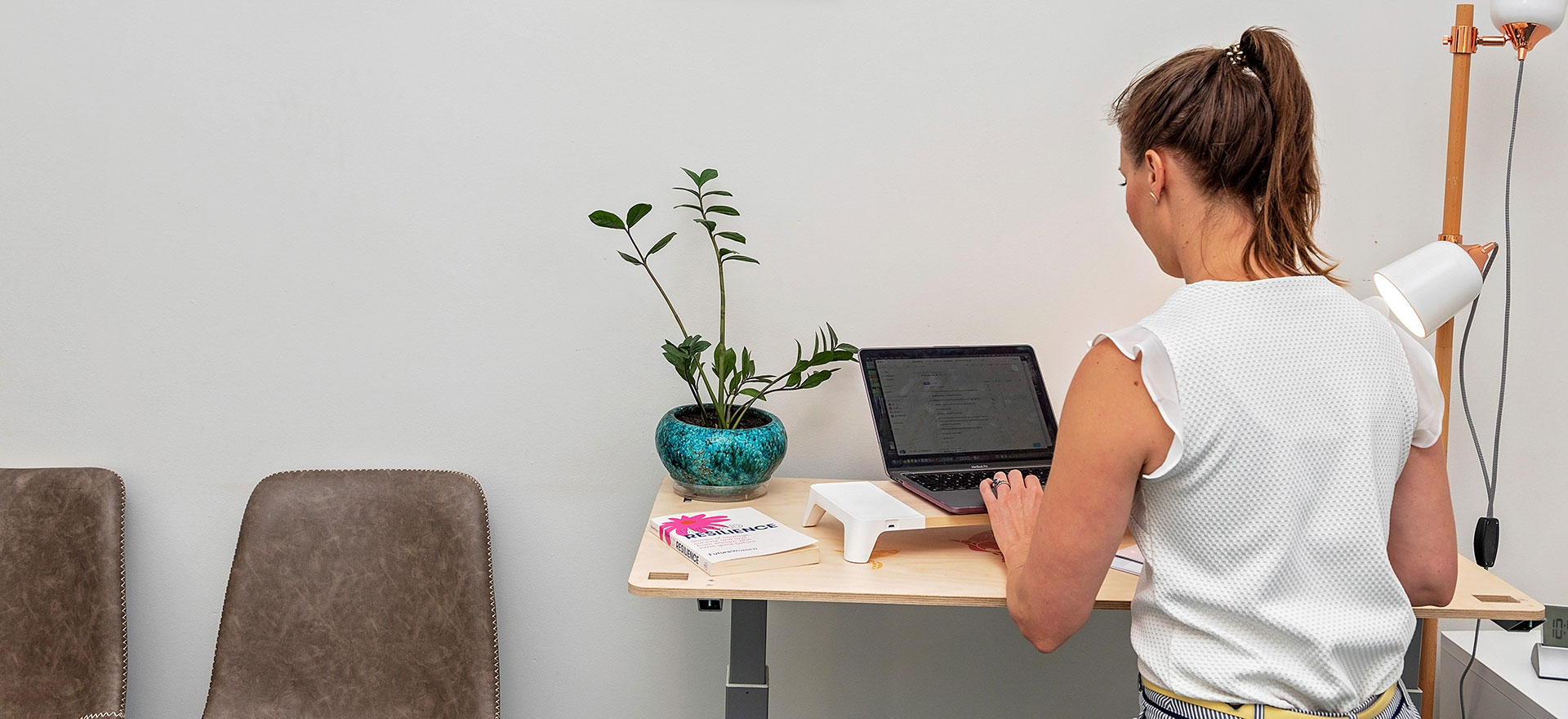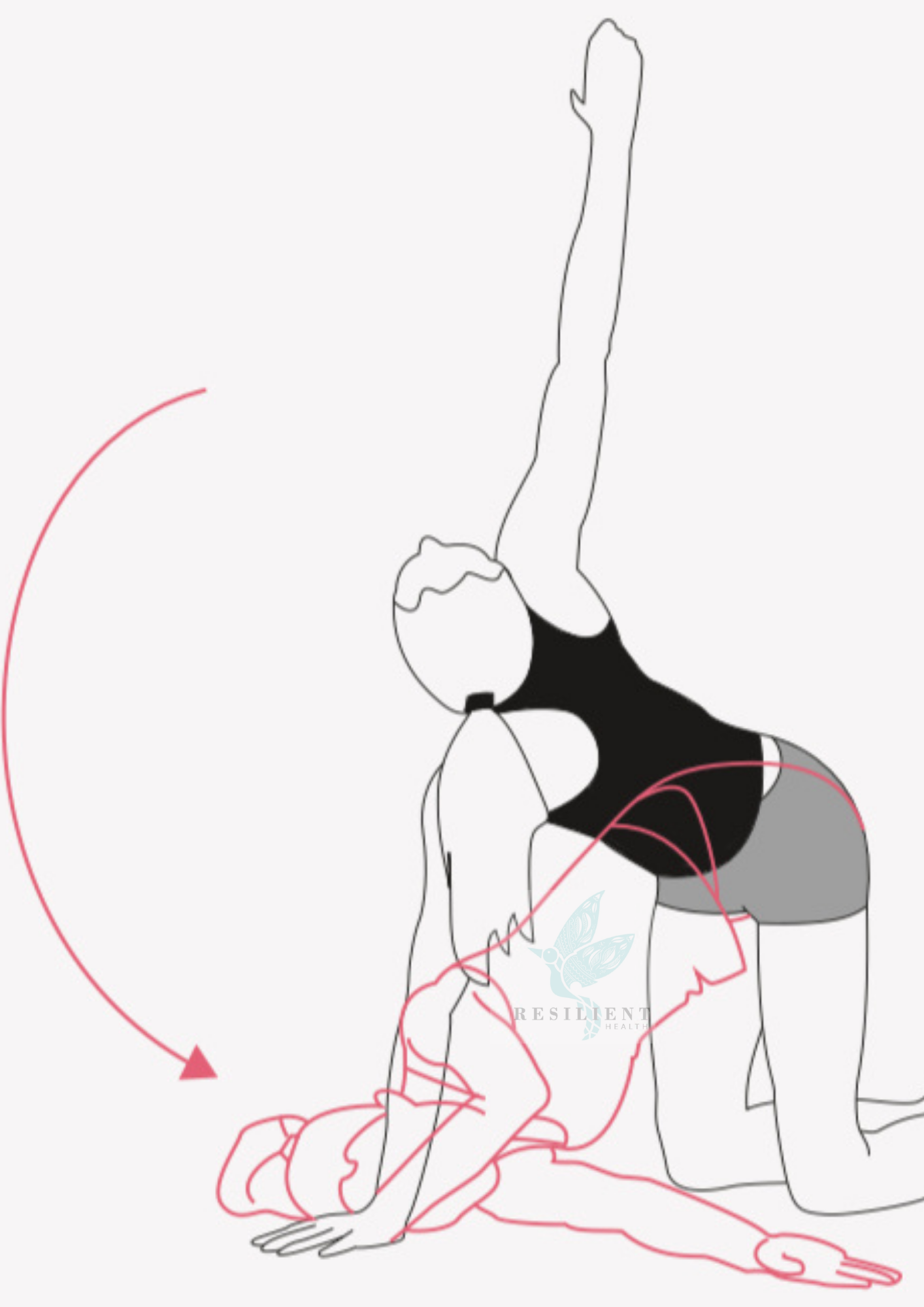Headaches: the WHY and WHAT you can do about them!
The WHY of headaches we commonly see, and WHAT you can do about them!
Article written by our Resilient Osteopath Dr Courtnay Wood and exercises written and demonstrated by our Resilient Osteopath Dr Mel Pierlot
A lot of people lately have been asking us “why do I get headaches?”
Well, did you know, there are so many different types of headaches and so many different origins and causative factors!
The more common types of headaches we generally see at Resilient Health are tension type headaches, headaches originating from the neck and migraines with or without aura (visual changes).
So, what is the difference??
Often described as a “vice-like” or “a headband” type pain around the head, Tension Headaches, can occur at any age and will vary considerably between people. They are most commonly triggered by postural imbalance and poor posture as well as dehydration, stress, anxiety, fatigue and jaw clenching.
For those of you predominantly working at a desk, this might be the type of headache you are experiencing as a result of postural imbalance. It is important to make sure your desk set up at home and in the office is correct. Don’t be afraid to ask work to organise an ergonomic work space assessment and have a look at our blog 5 Hacks for an Anti-Fragile Desk Set Up by Dr Mel Pierlot, for some guidance too!!
Cervicogenic Headaches are headaches usually originating from the neck. They are often one-sided with localised pain through the neck and base of the skull and aggravated by sustained awkward postures, sudden or repetitive neck movements, for example, washing the floor or head checks while driving.
Heat packs, self-massage and plenty of water will go a long way to help resolve your cervicogenic headache, but we always recommend jumping in with your local practitioner for some further advise and treatment.
Currently Migraines are not very well understood. It is believed that migraines are caused by an increase in brainstem activity and changes in the surrounding blood vessels. There are two (2) types of migraines;
1. Migraine with aura
2. Migraine without aura
Common triggers for either type of migraine seem to be related to increased nervous system stimulus, i.e. environmental factors, sleep – too little or too much (you need a minimum of 6 hours!), hormonal imbalances, light and/or noise, stress, fatigue and increased visual stimulus from screens and computers, thereby increasing brainstem activity.
THREE QUICK EXERCISES THAT CAN HELP!
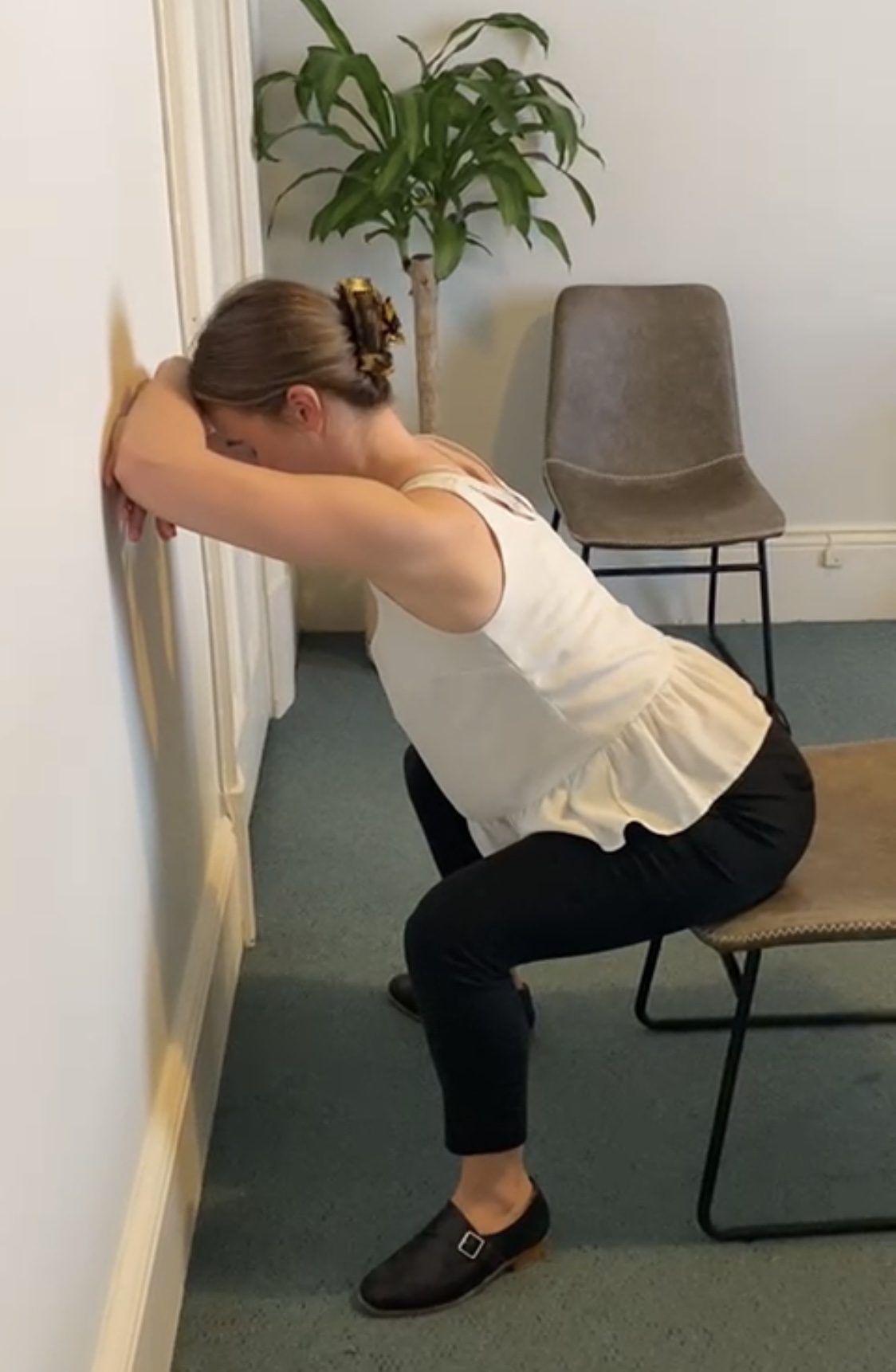
Wall lean:
1. Position your chair at a distance from the wall which allows you to create a fulcrum in your mid back to fall towards the wall- if your back is rounded too much, move your chair back from the wall. If your back is arched too much, move your chair forward.
2. Perch on edge of chair with legs slightly apart and turned out.
3. Lean forward and support your head on folded arms propped up against the wall, your chin tucked in and shoulders away from your ears
4. Once in proper positioning, take a breath in, expanding your mid-back
5. Exhale and let your breast bone collapse towards the wall
6. When you are almost out of breath, actively exhale or cough to help bring your chest closer to the wall.
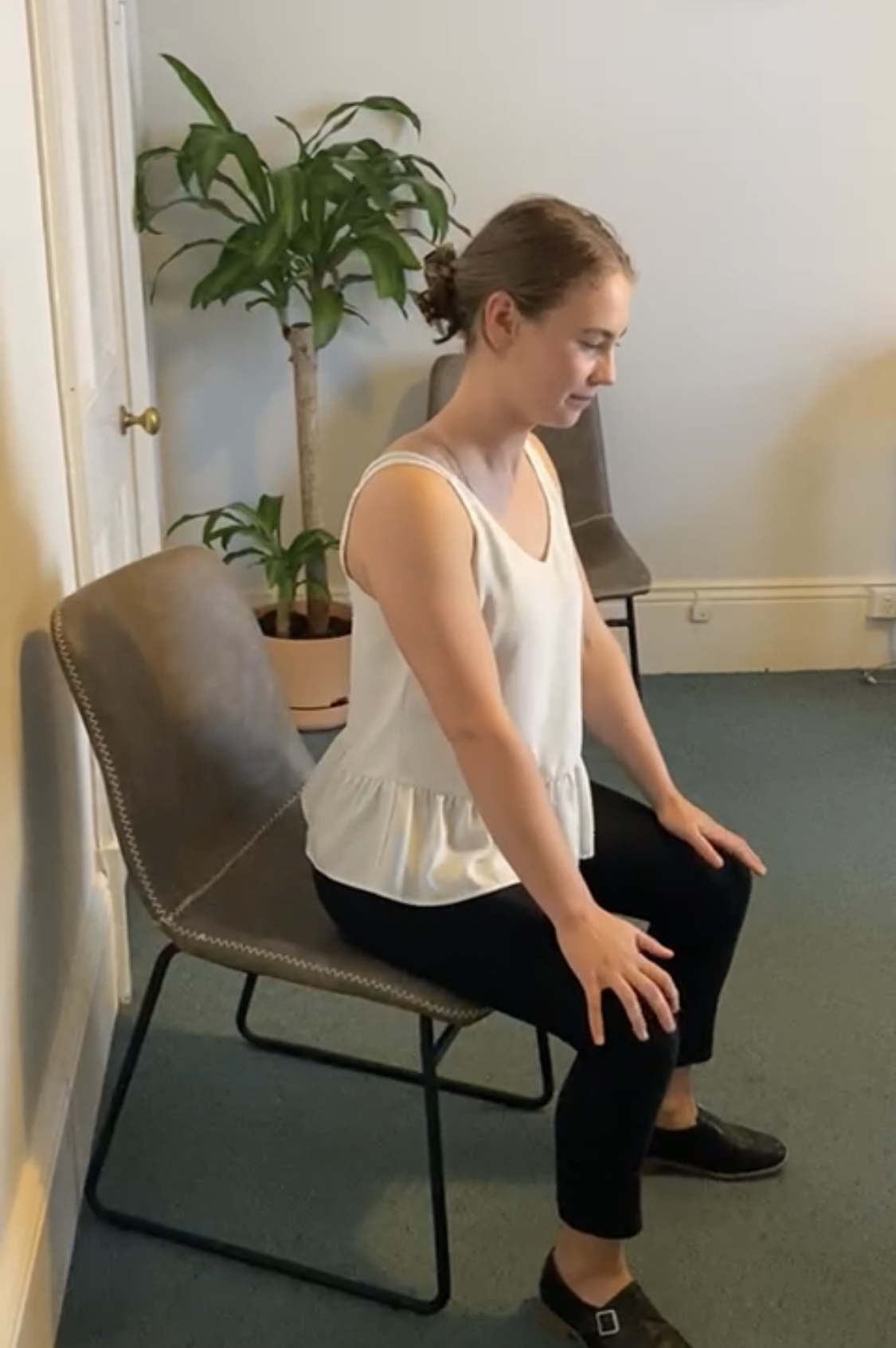
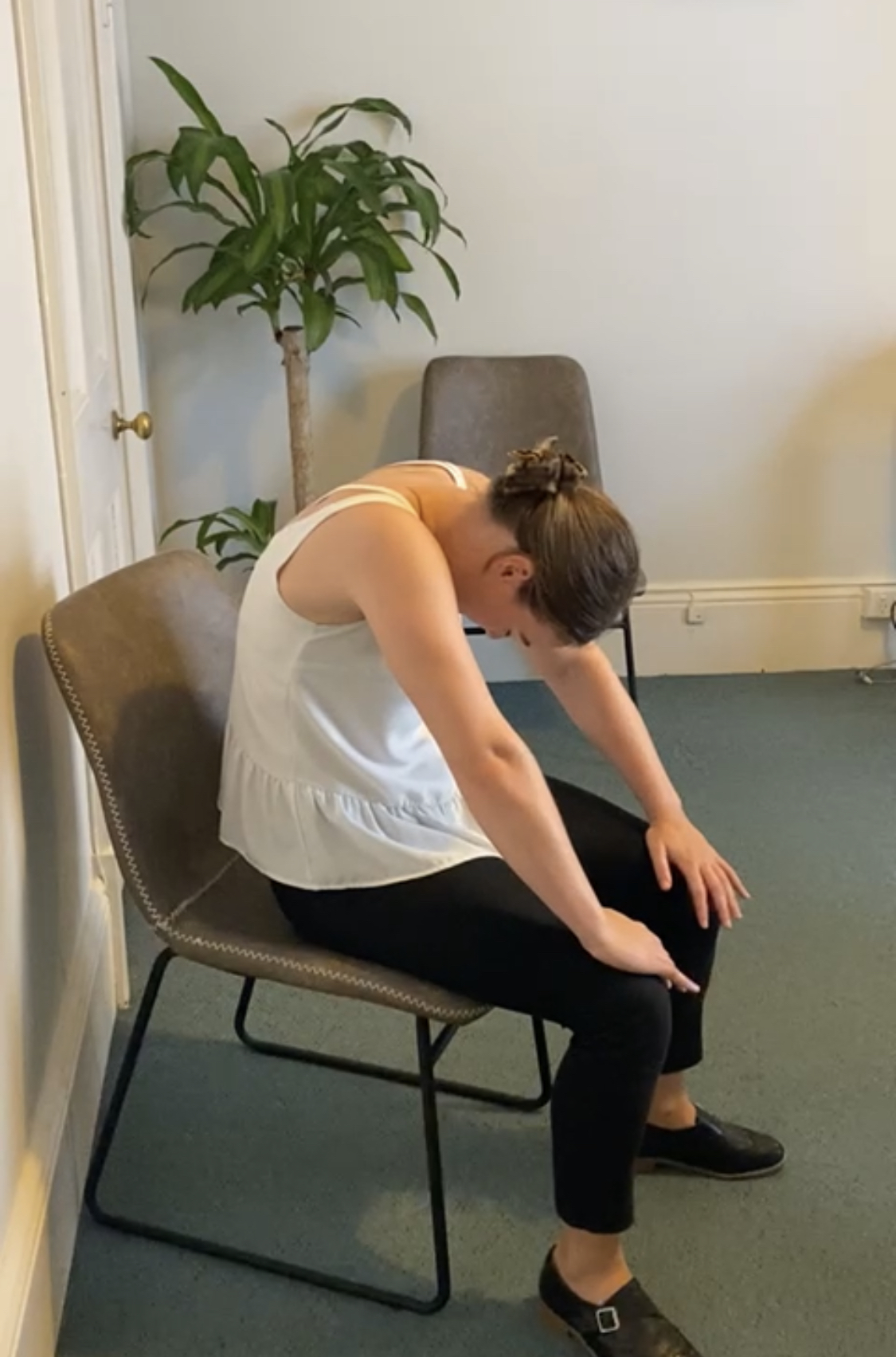
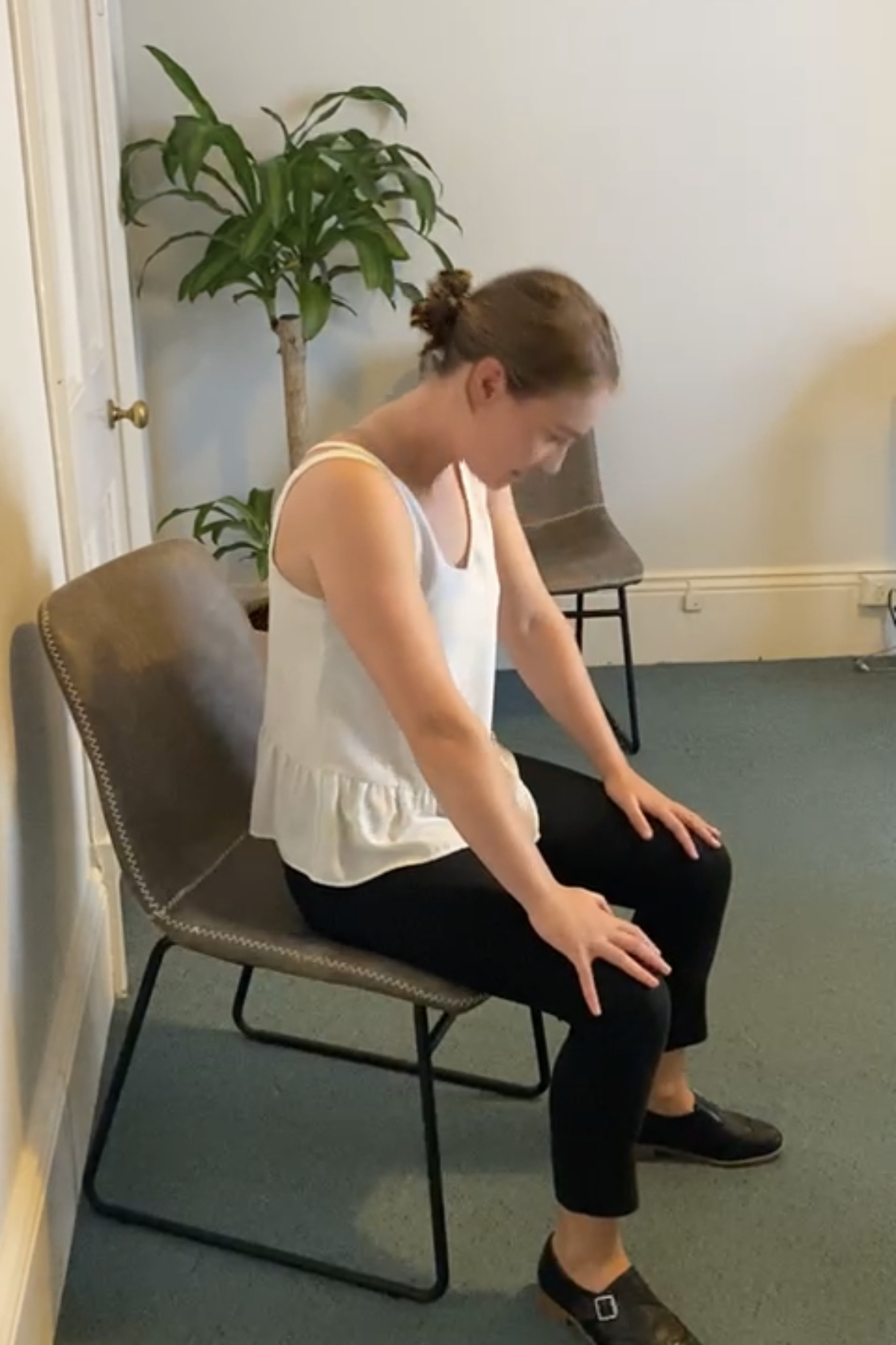
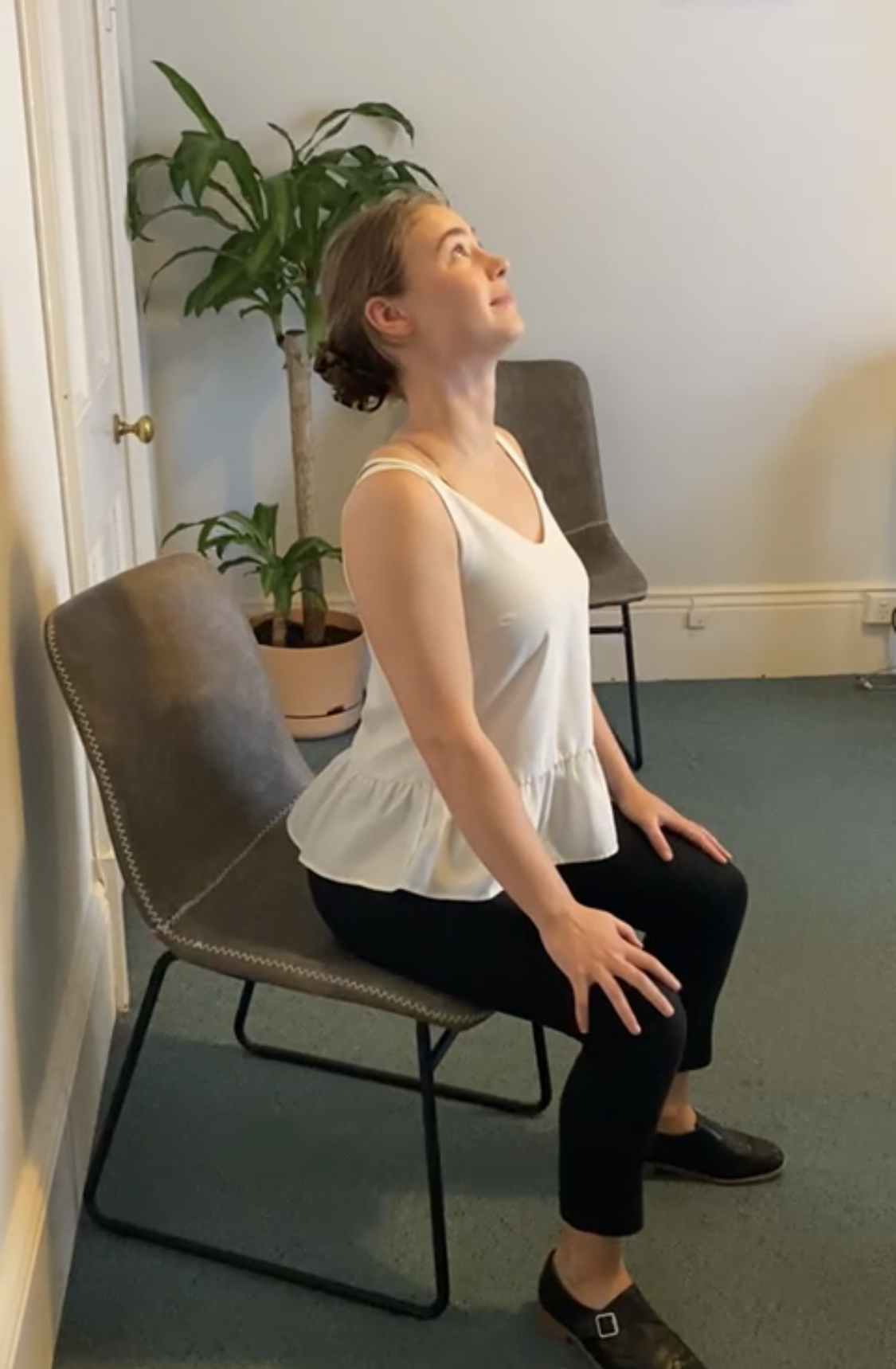
Upper Back Cat:
1. Kneel on floor facing a chair/ gym ball
2. Place forearms on the chair/ ball
3. Move your knees away from the chair until your hips are over your knees and your thighs vertical
4. Your elbows should be slightly bent and ensure you are not pushing your arms into the chair
5. Exhale and round your back up towards the ceiling, with your head and neck following the movement
6. On your inhale let your back fall towards the floor
Thread the needle:
1. On hands and knees (with or without a foam roller)
2. Lift arm up and rotate your body towards ceiling
3. Then rotate your body back towards floor and thread your arm behind the stable one
See you in the clinic!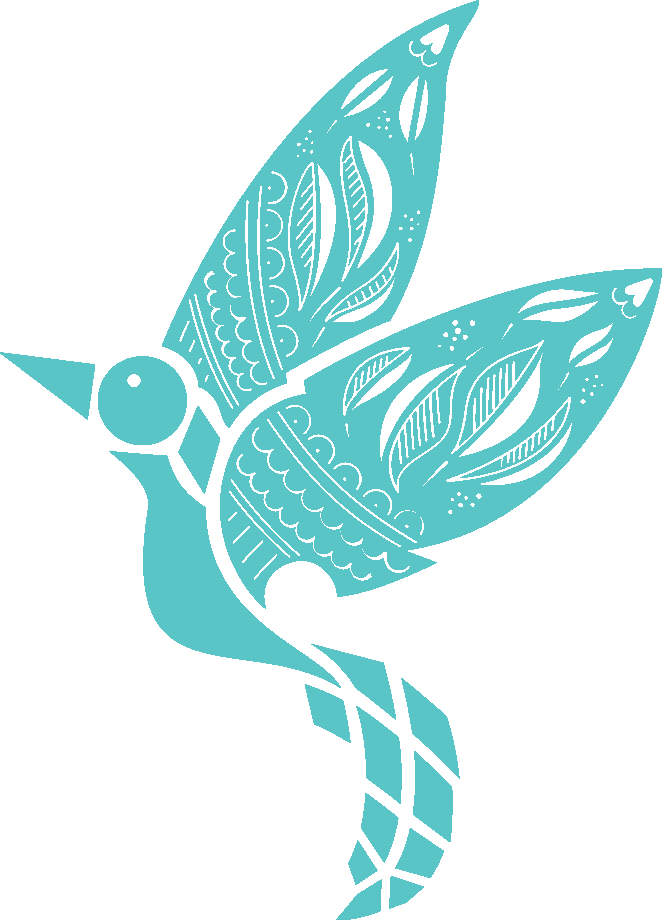
The Resilient Health Team
*Sketched images commissioned from @thejaquesstudio
